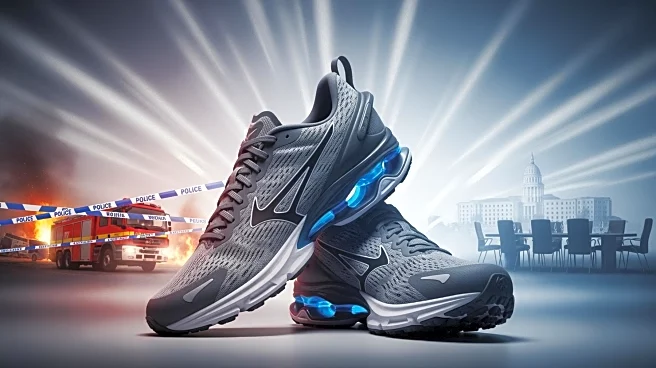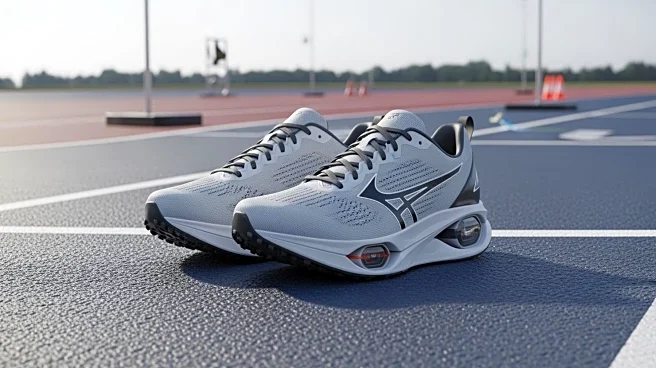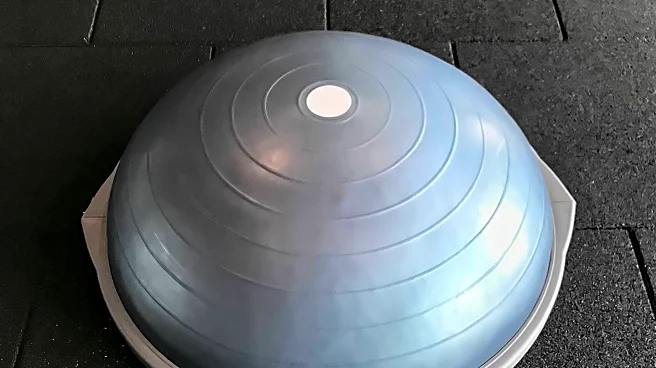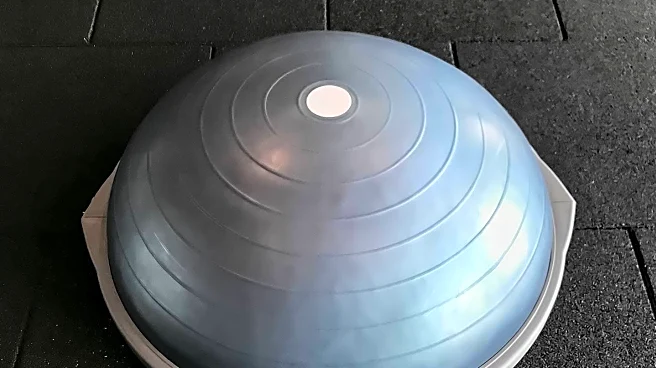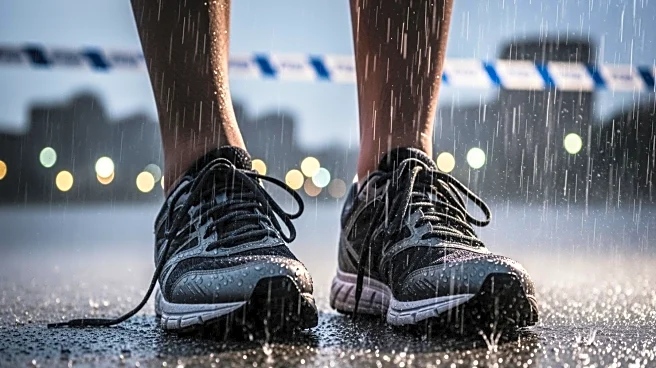What's Happening?
The advent of super shoes, featuring carbon plates and high-rebound foam, has transformed distance running, enabling elite athletes to break records. However, experts suggest these shoes may not offer
significant benefits to recreational runners, particularly those with slower paces. While super shoes can improve running economy for fast runners, they may not be as effective for beginners or those with certain physical conditions.
Why It's Important?
The popularity of super shoes among amateur runners reflects a broader trend of adopting elite gear in pursuit of performance gains. This trend raises questions about accessibility and the commercialization of sports, as high costs may exclude some athletes. Understanding the true benefits and limitations of super shoes can help runners make informed choices, potentially impacting the running shoe market and consumer behavior.
What's Next?
Runners are advised to integrate super shoes gradually into their training to avoid potential injuries. The running community may see a shift towards more personalized footwear choices, balancing performance with comfort. As research continues, manufacturers might develop new models catering to a wider range of runners, potentially influencing future product designs and marketing strategies.
Beyond the Headlines
The rise of super shoes highlights the intersection of technology and sports, raising ethical considerations about fairness and the role of equipment in athletic performance. This development may prompt discussions on regulations in competitive sports and the impact of technological advancements on traditional practices.
